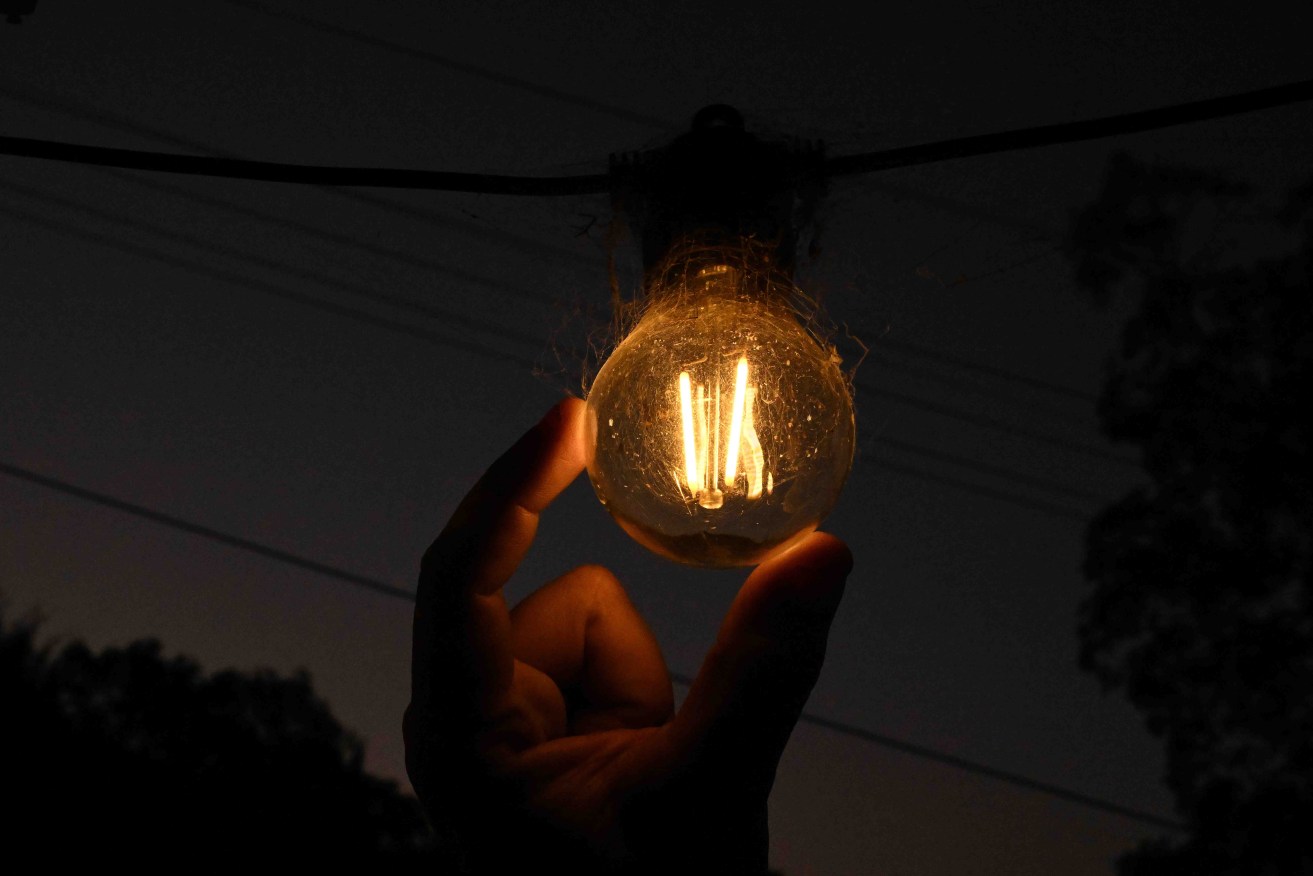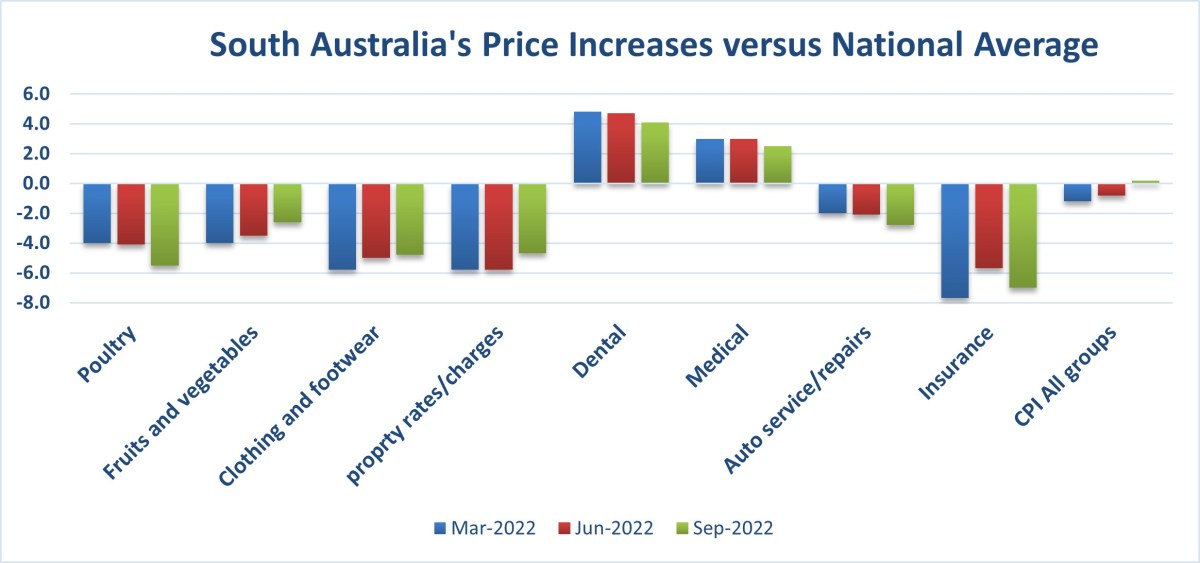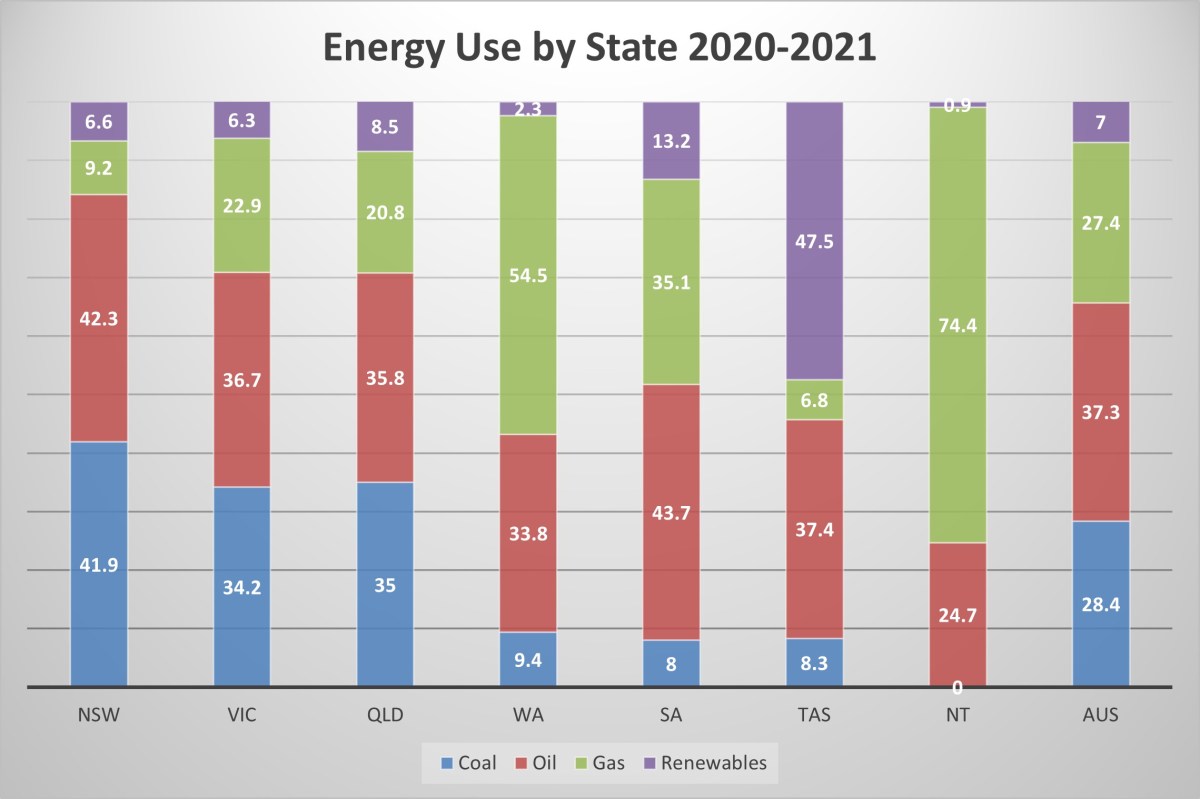Power price hikes’ short-term pain for long-term gain
As much as soaring energy cost will hit households, it makes economic sense for the Albanese Government not to fuel inflation with cost-of-living subsidies, argues Dr Susan Stone – while delaying the transition to renewable power will prove more costly in the long run.

The switch to renewables is well entrenched in SA - meaning we're ahead of the game. Photo: AAP/Dave Hunt
As the Reserve Bank increases interest rates for the seventh time in as many months, there is much discussion around the lack of support for expected energy cost increases included in the Government’s new budget.
The argument is that with all the other cost increases facing households and businesses, government should provide some type of aid to offset at least these cost rises. However, the fact is that spending needs to come under control before injecting additional money into the economy through energy price subsidies. And this makes good sense on three levels – with South Australians being in a relatively strong position to weather this storm.
First: Inflation. If there are subsidies or payments for households to cover increases in energy bills, it will add to, and likely prolong, inflation. So, households gain in one area (energy) but lose in most others, as inflation is an economy-wide event. The ABS’ most recent estimate of 7.3%, is the highest rate of inflation since 1990. New dwellings, automotive fuel and food lead the way in price increases, with annual changes in fruits and vegetables, house products and dairy prices are also adding to the pain.
For South Australians, price increases among fundamental items actually have been below the national rate. For example, fruits, vegetables, and clothing are all below the national average. And while medical services and dental price increases are greater, house-related charges and insurance are far below. This means that, while overall prices have increased more or less in line with the national rate, for these important areas, South Australians are relatively better off.

Source: Australian Bureau of Statistics
Second: Incentives. If the government were to provide subsidies or support for energy costs, it removes critical pressure on markets to change current business practices, especially when it comes to moving more strongly into renewables. As long as government offsets the costs, energy suppliers can pass along price increases without much backlash from the public or pressure on their bottom line. But without that pressure, there is little incentive for government or business to reform and government, without the support of the public, will find it hard to get the political momentum necessary to make this needed reform in the gas and energy markets.
For South Australia, the energy mix is already well ahead of the game in this regard. Large transmission and other costs have provided an incentive to switch to renewables at a rate that’s higher than anywhere else in Australia. So for South Australian households, the incentives have worked and the change is already underway. This leads to my third point – that the switch to renewables is here and so it makes little sense to subsidise an outdated technology.

Source: Department of Climate Change, Energy, the Environment and Water (2022) Australian Energy Statistics, Table C
Third: Inevitability. Changes in our energy consumption are inevitable. It is only a matter of time. The longer these changes are postponed, the more difficult and costly the transition will be. The price differentials between gas and oil and renewables makes renewables a more economic option, helps expand their uptake and reduce average costs as more households and businesses are able to make the switch.
In just over 15 years South Australia’s electricity mix has shifted from below 1% renewables to over 60% of energy generated by wind and solar. By 2025-26 the Australian Energy Market Operator forecasts this could rise to approximately 85%. Bringing renewables online with adequate storage capacity will help alleviate both the pressure on household and business budgets and address a significant source of climate change.
A 2021 report by the Australian Energy Market Commission showed that the use of renewables in South Australia would contribute to lower wholesale prices. Thus, expanding the price competitiveness of renewables means lower emissions and lower costs for consumers – the proverbial win-win.
While the projected increases in energy prices will be difficult for households to manage, it makes sense for governments not to offer subsidies or other support at this time. South Australian households should be more concerned about the potential for entrenched price increases across the board, than specific energy prices which will increase regardless of the level of inflation.
It is important to give the interest rate hikes time to work their way through the system and start having an impact on spending before implementing potentially counter-productive policies.
Dr Susan Stone is the University of South Australia’s inaugural Credit Union SA Professorial Chair in Economics




